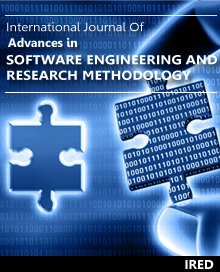Exploration of Gravel Roads Erosion Data in Uganda
Author(s) : PETER OKIDI LATING, SAMUEL BAKER KUCEL, TWAIBU SEMWOGERERE
 Abstract
Abstract
The main objective for this study was to explore the erosion data from across Uganda gravel roads. Gravel/dirt/rural roads constitute a larger part of the total road networks in developing countries and are top-listed for accumulation of wealth for such countries like Uganda. Generally, quantitative methods through experimental designs were used. Data was generated from various experiments and STATA output and used in the analysis and exploration. They include among others sieve analysis, measurement of road rill/dune sizes, Atterberg tests, and dry-density tests. These were conducted to reflect the characteristics of road subgrades and sediments from these roads. A brief comparison of one of the original erosion models, USLE/RUSLE was done with the erosion model developed for the maintenance of gravel roads, EMMOGR and conclusions reached. Findings showed that the dry densities were average but not standard and comparable to those in other specific areas of the world. It was unique to engage these tests on sediments (eroded soils from road surfaces) and make conclusions therefrom. For example a small percentage difference between the two samples (sediment and borrow pit) was realized. It signified the fact that most soils used in the construction and maintenance are eroded. The data maps well to the erosion characteristics on these roads and data models could be used for future estimations. Finally, it was observed that the EMMOGR reflected the erosion/deposition characteristics better than the USLE/RUSLE. The study suggested that there was need to improve on the soils used in the construction/maintenance of gravel roads. There is also need to follow the actual design standards. Knowledge from this paper shall also help in road construction and maintenance designs
 Full Paper PDF
Full Paper PDF
